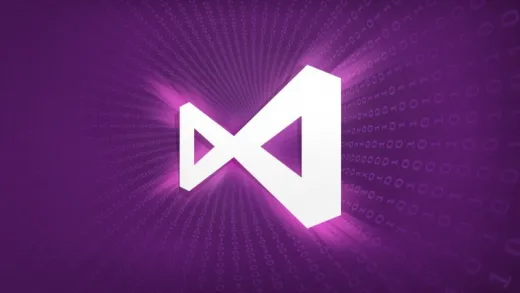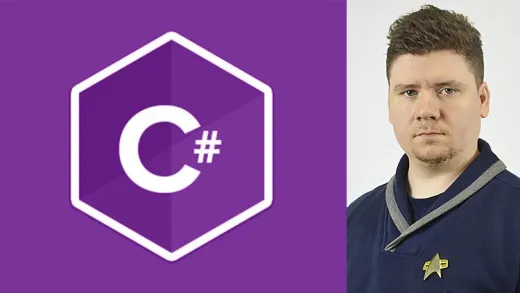Brief Summary
This course is designed to make you comfortable with the MVVM pattern in WPF! We'll dive deep, but in a chill way—no stress here. You'll learn all the essentials while building a small MVVM framework. Plus, we make it practical, so get ready to code!
Key Points
-
Understand MVVM architecture deeply
-
Learn to connect Views and ViewModels effectively
-
Explore popular MVVM frameworks like Caliburn.Micro
Learning Outcomes
-
Develop professional WPF applications using MVVM
-
Gain a solid understanding of View-First and ViewModel-First approaches
-
Implement unit testing for ViewModels effectively
About This Course
Learn how to create a maintainable Windows application applying MVVM to WPF. Introduction to Caliburn.Micro.
MVVM (stands for Model-View-ViewModel) is a well-known architectural pattern in the world of WPF. Most enterprise level WPF applications are MVVM-based.
Learn deeply the concepts lying behind the MVVM pattern in order to understand what MVVM is in essence and how to pragmatically apply it to a WPF application. This is a great MVVM tutorial for beginners (beginners in MVVM, don't forget to look at prerequisites)!
Teaching Approach
No fluff, no ranting, no beating the air. I respect your time. The course material is succinct, yet comprehensive. All important concepts are covered. Particularly important topics are covered in-depth. Don't forget that this course has English subtitles, so if you don't understand my accent, feel free to turn them on.
Take this course and you will be satisfied.
Build a strong foundation in applying MVVM with this course
In the case you’re just familiar with the WPF framework, learning this course will give you a level-up since you’ll be capable of developing professional WPF applications. Applying MVVM intelligently is a “must have” skill for WPF developers.
If you are an experienced WPF developer, you might be interested in how MVVM frameworks may work under the hood. Throughout the course, we will be building a small MVVM framework similar to Caliburn.Micro.
Content and Overview
This course is primarily aimed at intermediate developers. Experts may also find interesting MVVM tricks provided in this course. If you are a beginner, be sure you’re ready to take this course, since it requires from you a solid C#-background and acquaintance with WPF.
This course provides solid theoretical base reinforced by tons of practical material. This course is very practical (except the very first introductory module).
“MVVM in WPF” is a very wide topic and it’s hardly possible to cover all the related challenges arising while applying MVVM. That’s why this course includes the most important topics understanding of which is a key for successful development. We will sacrifice some topics which may be interesting for students, but which are hardly connected with MVVM directly. What I’m talking about is, for example, the problem of setting up a full-fledged data access layer. Such topics are omitted.
The most beneficial aspect of this course is that it gives you the deep understanding of the MVVM pattern. For example, you’ll see how to pass parameters to ViewModels through constructors, without using a static message bus, or passing parameters by explicitly setting properties of a ViewModel.
In short, the course covers the following topics:
MVVM background: what is MVVM, why to use it, when to use MVVM etc.
Connecting Views and ViewModels: View-First and ViewModel-First approaches
Design-Time data support
Configuring and using an IoC-container (by the example of Castle.Windsor
Communication channel between Views and ViewModels: commands, attached and blend behaviors, static message bus (EventAggregator)
Navigation: hierarchical UI composition, how to open dialogs, including modal dialogs, navigating to parameterized ViewModels (pass parameters into their constructors)
Models and validation
MVVM toolkits: Caliburn.Micro more closely
Unit-Testing of ViewModels
In the end, we will recap what you have learned and you will try to understand where you have to go further with the intention to master your skills. Here we will have a discussion of different paths you can go on.
------------------------------------------------------------
Keywords related to the course:









Philippe J.
I wish to continue learning from this topic, in this course but a lot is said by the presenter without visual support. A slide is shown but then the presenter discusses many details without showing an illustration of what he is saying.